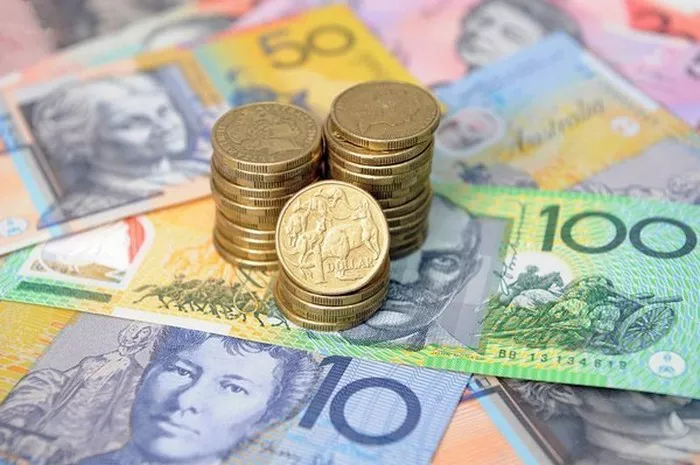AUD/USD continues to fall despite the Reserve Bank of Australia (RBA) raising interest rates by 25 basis points on Tuesday. In Asia on Wednesday, the Australian dollar/US dollar fell to around 0.6420, facing downward pressure due to the Reserve Bank of Australia’s dovish interest rate statement.
The Reserve Bank of Australia is concerned that Australia’s economy is slowing and consumer spending will remain suppressed while inflation risks persist. The Reserve Bank of Australia seems less sure that further interest rate hikes are necessary, instead taking the stance of relying on economic data for monetary policy. In other words, the Reserve Bank of Australia is skeptical about whether the upcoming data will trigger further interest rate hikes by the Reserve Bank of Australia.
After keeping the benchmark interest rate unchanged for four consecutive meetings, the Reserve Bank of Australia announced a tightening of policy, in line with market expectations, raising the official cash rate (OCR) from 4.10% to 4.35%, a 12-year high. The RBA’s move may have been influenced by recent consumer price index (CPI) data, which showed a monthly rate of 5.6%.
Additionally, the International Monetary Fund (IMF) raised China’s GDP growth forecast for 2023 and 2024. China’s gross domestic product is now expected to grow 5.4% this year, pointing to a strong recovery from the economic crisis. This is an increase from the International Monetary Fund’s previous forecast of 5%. Looking ahead to 2024, the International Monetary Fund expects China’s economic growth to slow slightly to 4.6%, which will still exceed the 4.2% proposed in the World Economic Outlook (WEO) released in October. Given that Australia is China’s largest trading partner, the Australian dollar may find support as a result.
On the other hand, the U.S. dollar appears to be recovering for a third day in a row, with the U.S. Dollar Index hovering around 105.50. In other words, U.S. bond yields fell back on the previous trading day, which may be due to the improvement in market risk sentiment. This change in sentiment may be related to speculation that the Federal Reserve will end its interest rate hikes, especially after Friday’s weak non-farm payrolls data.
In addition, the Federal Reserve’s dovish stance in November, keeping interest rates between 5.25% and 5.5%, may have also affected investor expectations. Federal Reserve Chairman Jerome Powell will provide a more direct and in-depth signal on interest rate policy on Wednesday at a conference in Washington, D.C. hosted by the Department of Research and Statistics.


